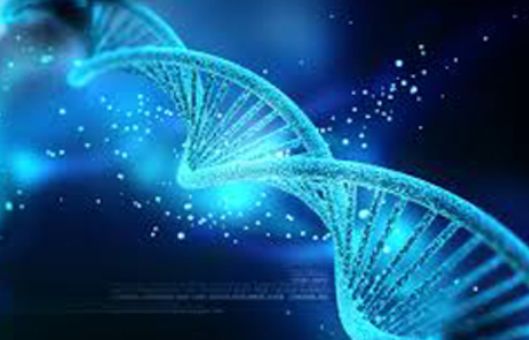Blunt-End TOPO Cloning Protocol
GUIDELINE
TOPO cloning technology is based on the interaction of a special transposon sequence, the pUC18/19 vector, transposase, and DNA polymerase. The principle of the technique is that a fragment of target DNA is ligated to the transposon-bearing insertion site pUC18/19 in the TOPO vector to form the original clone. The transposase hydrolyzes the phosphodiester bond between the insertion fragment and the vector DNA and then ligates the target DNA fragment to the hydroxyl group at the 3' end of the vector. the DNA polymerase fills in the transposon sequence at the empty site to form a new, ring-like vector. Clones of the target DNA can be obtained by transforming E. coli, re-growing, and screening the bacteria.
TOPO cloning is a rapid cloning of the inserted fragment using Topoisomerase coupled to the TOPO vector. Different from the traditional TA cloning, TOPO cloning technology can quickly complete the insert and vector ligation reaction within 2~5 min, simple operation, ligation efficiency is very high, and the positive rate of cloning is close to 100%. The principle of cloning is that the two ends of the TOPO vector are coupled to the TOPO enzyme through a phosphate bond, and during the ligation reaction when attacked by the hydroxyl group at the 5' end of the inserted fragment, the phosphate bond releases energy. By utilizing this energy, the hydroxyl group at the 5' end of the inserted fragment and the phosphate group at the 3' end of the carrier fragment are connected, and the TOPO isomerase is detached from the carrier molecule, completing the ligation reaction.
METHODS
Prepare PCR product and vector
- Amplify the DNA fragment of interest using PCR to generate blunt ends.
- Obtain the Blunt-End TOPO cloning vector from the kit.
TOPO cloning reaction
- Set up the TOPO cloning reaction according to the kit instructions. Typically, mix the PCR product with the vector in a specific ratio in a microcentrifuge tube containing the provided reaction buffer.
- Incubate the reaction mixture at room temperature for a specified duration to allow for the formation of ligated products.
Transform E. coli cells
- Thaw a tube of competent cells on ice.
- Add the entire TOPO cloning reaction mixture to the competent cells and mix gently by tapping.
- Incubate the mixture on ice for 30 minutes.
- Perform a heat shock by incubating the cells at 42°C for a short duration, followed by placing them back on ice.
- Add recovery medium and incubate the cells at 37°C with shaking for 1-2 hours.
Plate and incubate
- Spread 50-100 µl of the cell suspension on a suitable LB agar plate supplemented with the appropriate antibiotics.
- Incubate the plate overnight at 37°C.
Analyze transformants
- Select colonies for further analysis. Verify the presence of the insert by performing colony PCR or by isolating plasmid DNA and performing restriction enzyme digestion.
- Confirm the sequence of the inserted DNA fragment by sequencing.
Creative Bioarray Relevant Recommendations
- Creative Bioarray provides a series of nucleic acid extraction kits for a variety of samples to help our customers accelerate their research. Beyond that, we also offer extraction services of nucleic acid from a wide range of starting materials.
| Cat. No. | Product Name |
| CNEK-D1791H | QualiNuclei® Genomic DNA Extraction Kit |
| CNEK-D1792H | QualiNuclei® Cells and Tissue DNA Extraction Kit |
| CNEK-D1793H | QualiNuclei® Cells and Tissue DNA Extraction Micro Kit |
| CNEK-D1794H | QualiNuclei® Cells and Tissue DNA Extraction Kit (Magnetic Bead) |
| CNEK-D1795H | QualiNuclei® Cells and Tissue DNA Extraction Kit (96-Well) |
| CNEK-D1798H | QualiNuclei® FFPE DNA Extraction Kit |
NOTES
- Ensure that the PCR product is free from contaminants and of high quality.
- Follow the manufacturer's instructions for the blunt-end TOPO cloning kit carefully.
- Use fresh competent cells for efficient transformation.
- Maintain sterile conditions throughout the cloning process to prevent contamination.
- Perform controls to validate the success of the cloning process.
